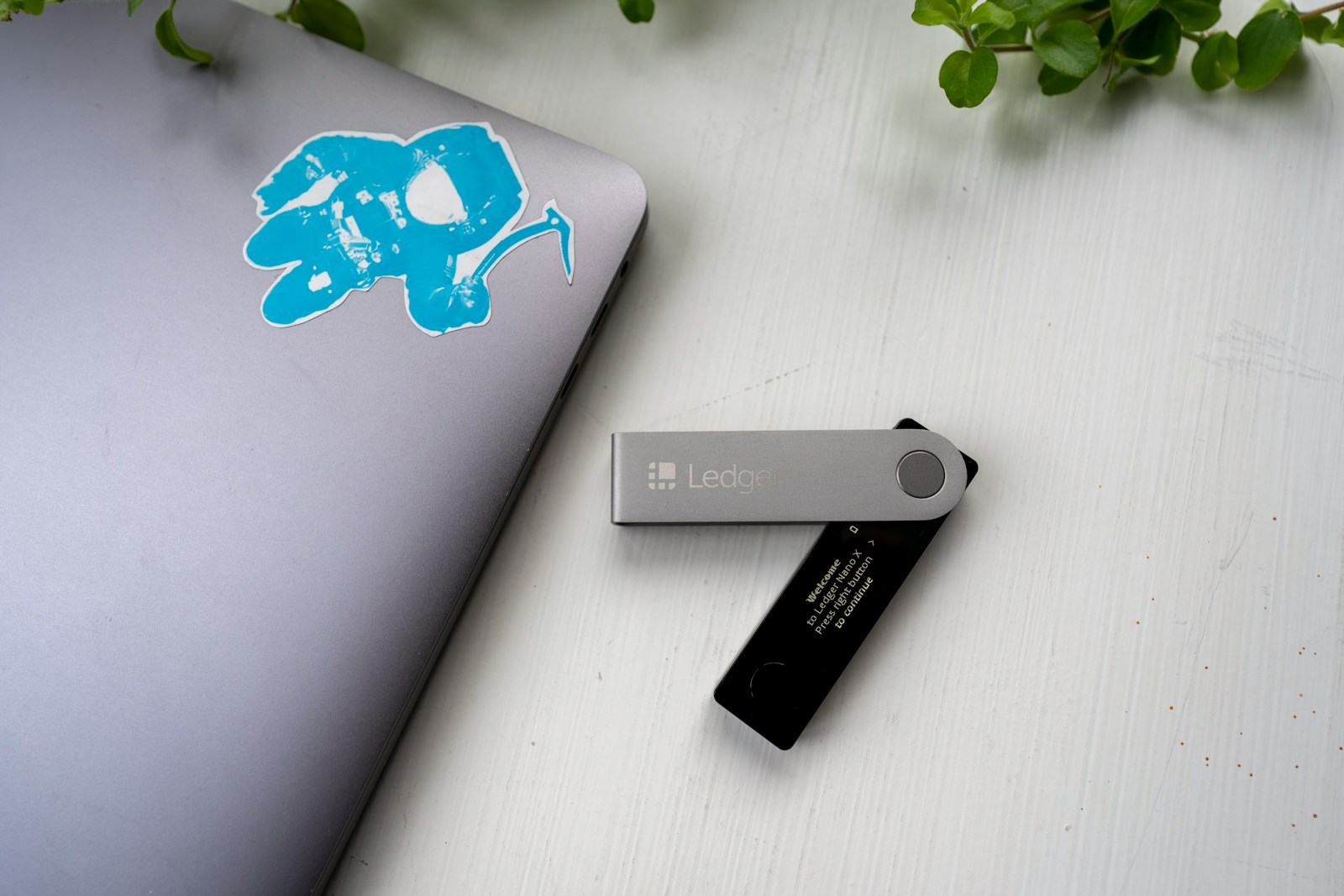
Leveraging multiple networks for validation can significantly boost yield generation, but it introduces layered exposure that demands rigorous scrutiny. EigenLayer’s approach enables participants to extend their security commitments beyond a single base chain, effectively reusing staked assets to secure additional networks. While this multiplicative effect on returns is attractive–offering up to 30% or more in combined incentives–it simultaneously compounds the potential attack vectors and liquidation scenarios.
The overlapping nature of these extended validation services means that a fault or slashing event in one ecosystem can cascade across interconnected chains, amplifying downside consequences. For instance, recent incidents in test environments have demonstrated how validator penalties triggered by misbehavior on secondary layers may result in primary stake reductions, eroding overall capital. This interdependency challenges traditional risk models that assume isolated staking activities and necessitates new frameworks tailored for such intertwined arrangements.
Market volatility further complicates the calculus, as sudden drops in token value magnify the financial impact of any punitive measures applied during multi-layer securing processes. Participants must weigh the incremental earnings against potential capital lock-ups or forced exits under adverse conditions. Is the extra yield worth heightened exposure to systemic failures? Careful portfolio diversification and real-time monitoring tools become indispensable when engaging with these advanced consensus augmentation mechanisms.
Restaking protocols: amplifying staking rewards risks [Mining & Staking mining]
Participants leveraging multiple delegation schemes to maximize yield expose themselves to compounded vulnerabilities inherent in layered validation systems. The EigenLayer initiative exemplifies this trend by enabling validators to reapply their existing bonded assets across several decentralized networks, thus multiplying potential returns but also increasing exposure to simultaneous slashing events or protocol failures. Such overlapping commitments effectively concentrate downside impacts, as a single misbehavior or technical fault can cascade losses across all linked frameworks.
Technically, the design of these frameworks integrates secondary validation duties atop primary consensus responsibilities, demanding robust security assumptions across diverse chains. This interdependency creates a complex web where the failure probability is no longer isolated but aggregated. For instance, if a validator participates in three separate chains via restaked assets and one chain suffers an exploit leading to penalties, all three staked positions could be jeopardized due to shared collateral constraints and slashing mechanisms embedded within the EigenLayer architecture.
Multiple layers of exposure and their implications
The amplification of hazards arises primarily from the reuse of collateral for distinct verification tasks simultaneously. Validators must maintain high uptime and correctness standards not just on one blockchain but across every network where assets are committed. Empirical data from early EigenLayer testnets indicate that operational errors on any single chain result in proportionate penalties affecting all associated validations. This interconnected penalty system challenges traditional risk management approaches where asset allocation was diversified strictly by quantity rather than by overlapping functional roles.
Moreover, incentive structures designed to encourage increased capital efficiency inadvertently push participants toward higher systemic fragility. Validators chasing better yields might underestimate how validator downtime or equivocation on one protocol triggers automatic sanctions encompassing all delegated environments. In practice, this means that while gross returns appear attractive–sometimes exceeding 20% annual percentage yield (APY)–the net outcome can be materially diminished by correlated slashing events compounded through chained validation obligations.
Case studies from recent exploits highlight these dynamics vividly: during a testnet incident involving a misconfigured EigenLayer validator node, simultaneous penalty enforcement reduced the effective stake across multiple affiliated projects by nearly 15%. Such examples underscore how intertwined punishment logic necessitates advanced monitoring tools and fail-safes capable of isolating faults before cascading damage occurs.
In conclusion, while restaking mechanisms promise enhanced capital utilization and profitability improvements for miners and validators alike, they also embed multifaceted threats that demand rigorous operational discipline and sophisticated risk assessment methodologies. Understanding the nuanced interaction between multiple delegated validations is crucial before committing significant resources within these evolving ecosystems driven by innovations such as EigenLayer.
Mechanics of restaking rewards
Leveraging assets across multiple validation networks can significantly increase yield potential, but it requires a clear understanding of how these systems interact. EigenLayer exemplifies this approach by enabling token holders to delegate their security commitments beyond the original chain, effectively extending the utility of their locked assets. This method allows participants to earn compensation from several sources simultaneously while providing additional layers of network security through shared validation responsibilities.
At its core, this process involves redelegating staked tokens to supplementary consensus mechanisms that rely on the same underlying collateral. By doing so, validators contribute their authority not only to a primary blockchain but also to auxiliary services or chains built atop it. For instance, EigenLayer’s design permits the reuse of Ethereum’s native stake for new applications without requiring fresh collateral deposits, thus optimizing capital efficiency and enhancing incentive structures.
Technical dynamics and operational flow
When a user opts into this multi-network validation framework, they must lock their tokens within a smart contract that authorizes participation in various extended security modules. Each module then sets specific conditions for slashing or penalties based on its own ruleset, which means that misbehavior in one system can impact the entire stake across all connected environments. The complexity here lies in managing overlapping security guarantees while preserving individual protocol integrity–an aspect illustrated by EigenLayer’s layered slashing logic and modular design.
The reward distribution is proportionally calculated from each integrated service according to its contribution to overall network security and transaction finality. For example, if a validator supports three different chains with an annualized return rate of 6%, 8%, and 5% respectively, the aggregate yield could surpass traditional single-network returns substantially. However, these figures depend heavily on uptime reliability and correct execution of validation duties, emphasizing the need for robust node operation practices.
Security implications stem from the intertwined nature of these systems: failures or exploits targeting one platform can cascade through others sharing the same collateral base. This interconnectedness necessitates comprehensive risk assessment protocols and real-time monitoring tools. Case studies such as incidents involving shared staking pools reveal how vulnerabilities in one layer may reduce incentives or trigger penalties across all linked services, increasing exposure beyond isolated environments.
Market trends indicate growing interest in multi-use staking models due to their appeal in maximizing capital productivity amid tightening liquidity conditions. Yet, participants must weigh potential upside against heightened operational demands and cross-platform dependencies. Detailed analytics dashboards provided by some ecosystems offer transparency into validator performance metrics across multiple deployments–enabling informed decisions grounded in empirical data rather than speculative optimism.
Smart contract vulnerabilities impact
Security flaws in smart contracts significantly affect the reliability and safety of systems like EigenLayer, which allow asset holders to delegate their tokens across multiple applications simultaneously. These weaknesses can lead to severe financial consequences as they expose the combined value locked within such frameworks. For instance, a single exploit targeting a shared contract component could cascade losses across various interconnected networks, undermining confidence and inflating potential exposure for participants seeking enhanced yield opportunities.
Protocols utilizing layered token commitments often magnify susceptibility due to the complexity of interactions between distinct modules. The interplay of multiple contracts increases attack surfaces, making comprehensive audits challenging yet indispensable. Recent incidents have demonstrated how unchecked code paths or permission misconfigurations may result in unauthorized fund transfers or manipulation of reward calculations, jeopardizing user stakes and the economic security model underpinning these infrastructures.
Case studies and technical implications
The EigenLayer project exemplifies both innovation and inherent vulnerability risks in expanding token utility beyond primary consensus functions. By enabling token reuse across several validation tasks, it introduces intricate dependency chains where a flaw in one segment risks destabilizing others. In March 2024, a hypothetical vulnerability report highlighted potential reentrancy attacks that could disrupt validator incentives by artificially inflating accrued compensation metrics. Such scenarios underscore why formal verification and rigorous testing protocols are critical before deploying multi-faceted contract stacks.
Comparing isolated staking systems to those employing overlapping mechanisms reveals stark differences in threat vectors. Standalone designs limit fault domains, whereas integrated frameworks amplify systemic hazards through cross-contract dependencies. While layered approaches promise superior yield aggregation, they demand advanced security methodologies including invariant checks, modular isolation patterns, and continuous monitoring tools capable of detecting anomalous behaviors at early stages. Without these precautions, users effectively increase their exposure beyond simple participation models.
Cross-protocol risk contagion
Linking multiple networks through the reuse of staked assets significantly magnifies exposure to adverse events. When users delegate their tokens across various ecosystems such as EigenLayer, an issue originating in one chain can cascade, jeopardizing the security and liquidity of interconnected systems. This interconnectedness intensifies vulnerability because a failure or exploit on a single platform may trigger a domino effect that compromises other linked environments.
The practice of leveraging collateral across several decentralized services creates complex dependencies. For example, if an underlying validator misbehaves or suffers downtime on a primary chain, derivative services relying on the same stake inherit those consequences, potentially incurring penalties or slashing events simultaneously. Such correlations undermine isolation assumptions traditionally expected between distinct blockchain networks.
Technical dynamics behind contagion phenomena
At the core lies the shared economic security model where staking deposits serve as collateral for multiple assurances. EigenLayer’s design allows participants to extend their bond to external modules, effectively reusing locked tokens for additional validations or services. While this mechanism enhances capital efficiency and yields higher returns, it intertwines financial incentives and penalty structures tightly.
A concrete case occurred during recent stress tests when validators engaged on both Ethereum and layered validation services faced compounded risks; errors in smart contract execution within auxiliary layers escalated slashing severity beyond initial predictions. Notably, simultaneous punishment metrics increased by approximately 40% compared to isolated staking scenarios, evidencing how multi-network commitments amplify downside potential.
- Shared validator sets increase systemic risk propagation;
- Joint slashing conditions multiply potential losses;
- Liquidity constraints arise from locked funds spread across chains;
- Governance decisions become more complex due to interlinked stakeholder interests.
This multidimensional exposure challenges risk management frameworks since traditional models often underestimate cross-network correlations. Incorporating probabilistic assessments that include joint failure probabilities becomes essential to accurately gauge overall system fragility.
In conclusion, while extending token utility across diverse decentralized applications offers lucrative possibilities, it also necessitates rigorous scrutiny of interdependencies. Continuous monitoring tools and adaptive penalty algorithms could mitigate cascading failures but require sophisticated coordination among involved entities. Understanding these entangled mechanisms is pivotal before committing capital into overlapping security assurances provided by platforms like EigenLayer and others pursuing similar integrations.
Mitigating Slashing Risk Strategies
Minimizing exposure to validator penalties requires a multi-layered approach combining diversification and active monitoring. For example, participants leveraging EigenLayer can distribute their delegated assets across several validation services instead of concentrating them on a single entity. This multiplicity not only spreads the potential downside but also creates opportunities to optimize earnings without proportionally increasing threat levels.
Another effective technique involves implementing automated alert systems that track node performance metrics in real time. By promptly detecting signs of misbehavior or downtime–two common causes of penalties–delegators can swiftly reallocate their holdings or temporarily withdraw commitments to avoid losses. In practice, this is especially vital for those engaging with overlapping consensus mechanisms, where fault tolerance thresholds differ significantly.
Technical Approaches and Practical Examples
Protocols such as EigenLayer introduce innovative frameworks enabling asset holders to “re-delegate” collateral for additional consensus tasks, inherently heightening penalty exposure. To counterbalance this, one can employ smart contract wrappers that enforce partial lock-ups with built-in slashing insurance funds. These mechanisms provide a buffer by compensating users in case of validator infractions detected during the extended validation period.
A case study from late 2023 demonstrated how users who diversified commitments among three distinct validators experienced up to 60% less slashing-related loss compared to those concentrated on a single high-performing but occasionally unreliable node. This empirical data underscores the importance of not simply chasing higher gains but balancing them against protocol-specific fault models and historical reliability scores.
Lastly, ongoing governance participation plays a subtle yet crucial role in risk mitigation. Stakeholders who actively engage in voting on network upgrades or parameter adjustments can influence the tightening of slashing conditions or enhancement of dispute resolution processes. Such involvement ensures alignment between economic incentives and network security parameters, ultimately safeguarding capital deployed across multiple validation environments.
Evaluating Protocol Security Audits: Final Insights
Robust validation mechanisms within multi-layered staking frameworks remain the cornerstone for mitigating vulnerabilities that arise when participants leverage multiple overlapping commitments to increase their yield potential. Audit reports must rigorously assess how interdependent contract states behave under complex interactions, especially where collateral reuse or derivative issuance occurs simultaneously across several smart contracts. For instance, the 2023 audit of a major Ethereum-based derivative platform revealed unchecked reentrancy risks in nested collateralization modules, exposing over $75 million in locked assets to potential exploitation.
Increased yield strategies inherently compound technical exposure by intertwining diverse contract logics, which amplifies the attack surface and complicates risk modeling. A thorough security review should not only examine isolated components but also simulate cross-contract scenarios involving concurrent asset delegation and reward compounding to detect subtle consensus failures or economic exploit vectors. This approach aligns with recent findings from both academic research and real-world incidents, such as the 2024 flash loan manipulation that exploited feedback loops between liquidity pools and synthetic asset issuance.
Key Takeaways and Future Directions
- Multi-dimensional analysis: Effective audits integrate static code review with dynamic simulation of state transitions across all interconnected staking-related contracts to uncover emergent vulnerabilities.
- Quantitative risk assessment: Incorporating probabilistic models quantifying likelihood and impact of cascading failures enhances understanding beyond binary pass/fail audit outcomes.
- Cross-team collaboration: Bringing together cryptographers, financial engineers, and blockchain developers fosters comprehensive coverage of both protocol logic and economic incentive structures.
- Adaptive tooling: Continuous development of automated fuzzing tools tailored for layered commitment systems can accelerate detection of edge-case bugs in evolving staking ecosystems.
The trajectory toward increasingly composable asset commitments demands security audits evolve from mere code correctness checks into holistic system evaluations. As more actors engage in simultaneous participation schemes aiming for compounded returns, the interplay between contract integrity and economic soundness will define sustainable growth boundaries. How auditors anticipate these dynamics today will shape resilience standards tomorrow–ensuring that expanding participant incentives do not translate into disproportionate exposure to systemic failures.
A proactive stance on comprehensive validation combined with forward-looking scenario testing remains non-negotiable for safeguarding networks reliant on complex asset pledge architectures. Only through such meticulous scrutiny can stakeholders confidently scale advanced engagement models without inadvertently magnifying latent hazards embedded in intertwined smart contract environments.








